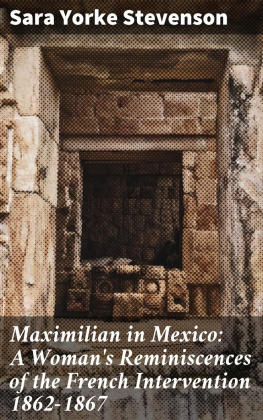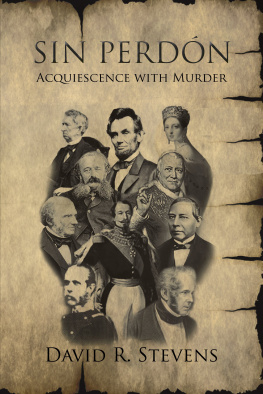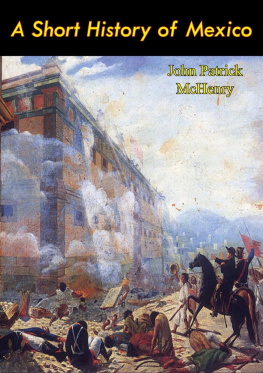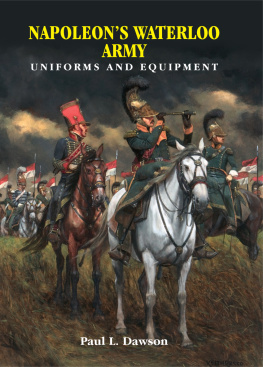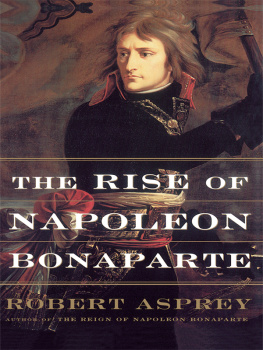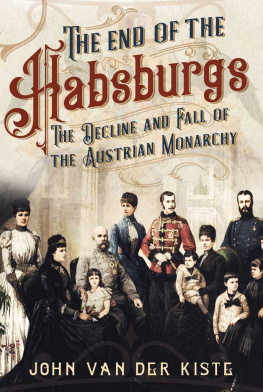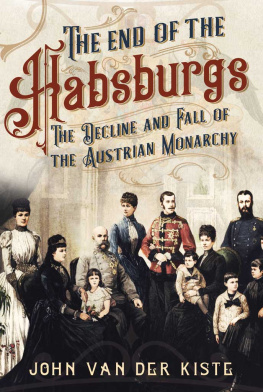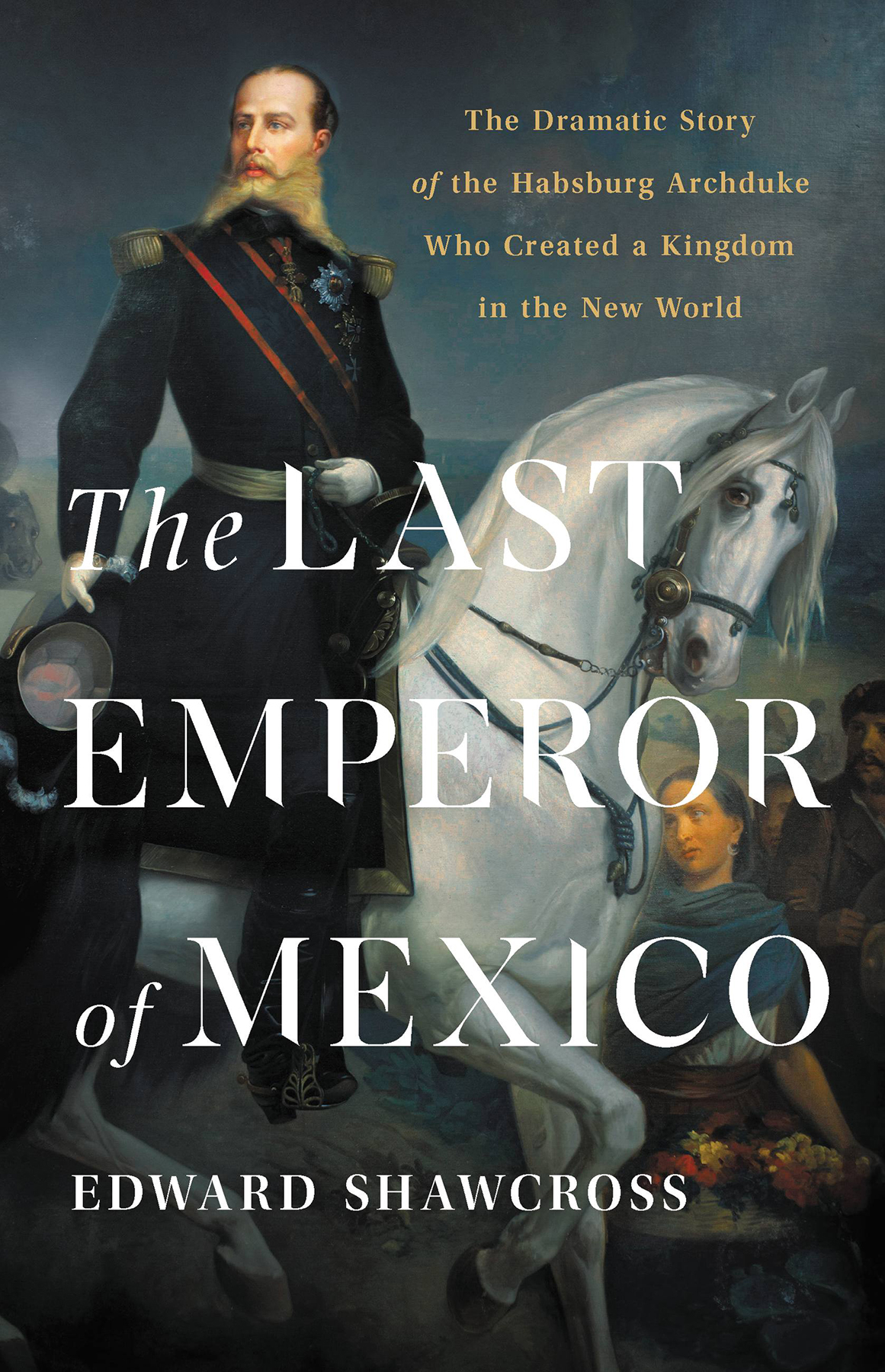
Copyright 2021 by Edward Shawcross
Cover design by Ann Kirchner
Cover images: Secretaria de Cultura INAH MNH Mexico, reproduction authorized by the National Institute of Anthropology and History; Hemis / Alamy Stock Photo; Magdalena Cvetkovic / Shutterstock.com
Cover copyright 2021 by Hachette Book Group, Inc.
Hachette Book Group supports the right to free expression and the value of copyright. The purpose of copyright is to encourage writers and artists to produce the creative works that enrich our culture.
The scanning, uploading, and distribution of this book without permission is a theft of the authors intellectual property. If you would like permission to use material from the book (other than for review purposes), please contact permissions@hbgusa.com. Thank you for your support of the authors rights.
Basic Books
Hachette Book Group
1290 Avenue of the Americas, New York, NY 10104
www.basicbooks.com
First Edition: October 2021
Published by Basic Books, an imprint of Perseus Books, LLC, a subsidiary of Hachette Book Group, Inc. The Basic Books name and logo is a trademark of the Hachette Book Group.
The Hachette Speakers Bureau provides a wide range of authors for speaking events. To find out more, go to www.hachettespeakersbureau.com or call (866) 376-6591.
The publisher is not responsible for websites (or their content) that are not owned by the publisher.
Library of Congress Cataloging-in-Publication Data
Names: Shawcross, Edward, author.
Title: The last emperor of Mexico : the dramatic story of the Habsburg Archduke who created a kingdom in the new world / Edward Shawcross.
Other titles: Dramatic story of the Hapsburg Archduke who created a kingdom in the new world
Description: First editon. | New York City : Basic Books, 2021. | Includes bibliographical references and index.
Identifiers: LCCN 2021022755 | ISBN 9781541674196 (hardcover) | ISBN 9781541674219 (epub)
Subjects: LCSH: Maximilian, Emperor of Mexico, 1832-1867. | EmperorsMexicoBiography. | MexicoHistoryEuropean intervention, 1861-1867. |
MexicoPolitics and government1861-1867. | Carlota, Empress, consort of Maximilian, Emperor of Mexico, 1840-1927. | EmpressesMexicoBiography.
Classification: LCC F1233.M45 S53 2021 | DDC 972/.07092 [B]dc23
LC record available at https://lccn.loc.gov/2021022755
ISBNs: 978-1-541-67419-6 (hardcover), 978-1-5416-7421-9 (ebook)
E3-20210928-JV-NF-ORI
Reads like a lush screenplay with a gaudy cast: a wandering court of effete European exiles, blustering French generals, a ragtag army of Mexican rebels, a US army distracted by civil war, and high drama in Paris and London as a scheme to sit a Habsburg prince on the throne of Mexico luridly unravels.
Geoffrey Wawro, author of A Mad Catastrophe
The story of Maximilian is one of the most compelling, absurd, cynical, and revealing chapters in the history of Mexico and the nineteenth-century Atlantic world. Edward Shawcross has marvelous material to work with, and he handles it with insight and panache.
H.W. Brands, author of The General vs. the President
They are going to Mexico, which I cannot understand, wrote Queen Victoria, after dining with the royal couple chosen to reign over an unwilling nation that they had yet to see. No wonder she was perplexed. The story of how Mexico, having been halved by its aggressive neighbor to the north, was then invaded by one of Europes old empires, defies credulity and easy comprehension. Sure enough, Edward Shawcross seems almost to make fiction of it, deftly deploying his novelists eye for page-turning narrative and compellingly drawn characters. Yet as improbable as it may seem, this was a very real and very tragic chapter in two extraordinary historiesthat of Mexico, and that of the arrogance of empire. If only a copy of The Last Emperor of Mexico could be sent back in time to the British queen. She would not have been able to put it down, and, in the end, would surely have understood.
Matthew Restall, author of When Montezuma Met Corts
The story of Mexicos last emperor is an unhappy one, with an almost inevitable conclusion. Archduke Maximilian of Habsburg was a romantic dreamer, beguiled by the prospect of becoming emperor of Mexico, lied to by Napoleon III of France, who promised him unwavering military support, and tricked by Mexican politicians into thinking he was a popular choice for ruler. After three years of fireworks, grand balls, butterfly hunts, administrative chaos, bedbugs, dysentery, treachery, and civil war, Maximilian was captured and killed; his wife went mad. It is a story where no one comes out well, but Edward Shawcross tells it with verve, weaving together the big-power politics, fevered intrigue, and low villainy behind Maximilian of Mexicos ill-starred venture.
Martyn Rady, author of The Habsburgs
Frances doomed efforts to install an emperor in Mexico have long been treated as a bizarre but minor sideshow to the Civil War in the United States. In this engrossing, fast-paced book, Edward Shawcross tells the story of the French Intervention in its own right, giving a deeply human portrait of a feckless Austrian Archduke Maximilian, who cares more for court etiquette than imperial finances, and his ambitious wife Carlotta, who descends into madness as their New World empire disintegrates. This is by far the best book we have on Maximilian and Carlottas ill-fated rule in Mexico.
Alice L. Baumgartner, author of South to Freedom
For Hannah and Ena
I n the spring of 1867, three men awaited their fate. They were imprisoned in a former convent amidst the shell-shattered, sun-scorched streets of Quertaro, a provincial town some 130 miles northwest of Mexico City. The nuns chambers made perfect cells. But a heavy guard kept watch: these were dangerous political prisoners, leaders of a faction in a civil war that had ravaged Mexico for nearly ten years. Their execution was three days away. They had until then to settle their affairs and, as good Catholics, make their peace with God.
One of the condemned, Miguel Miramn, was a former Mexican president. At least he was president to his supporters, the Conservative Partyhis opponents never recognized his appointment. Born in Mexico City to an affluent family that could trace its roots back to aristocratic marquises, Miramn was only twenty-six when appointed head of state. Urbane and charming, he was devoted to the army, the church, and his wife. He was the epitome of the conservative cause that he had once led.
His fellow prisoner Toms Meja was an Otom, an indigenous people from the Sierra Gorda range. So harsh and remote was this region that it was not fully brought under Spanish rule until the 1740s, more than two hundred years after Mexico was first subjugated under Spanish colonialism. Forty-seven years old, Meja typified a strand of deeply pious and fiercely independent indigenous peoples who had supported the conservatives. Although both men disputed the charges of treason against them, they had been fanatical devotees for more than a decade of the now defeated Conservative Party.
The third man was different. Tall, with blue eyes, fair hair, and a distinctive beard obsessively parted in the middle, he had been in Mexico for only three years. He claimed he was a liberal, not a conservative. He also claimed he was the emperor of Mexico. A scion of one of the oldest and most illustrious royal families in Europe, Ferdinand Maximilian had been born into imperial splendour in Vienna, a Habsburg archduke. Now, sick, emaciated, and separated from friends and family, Maximilians world had shrunk to a four-by-six-foot cell in a devastated provincial Mexican town.


